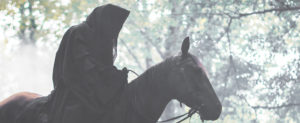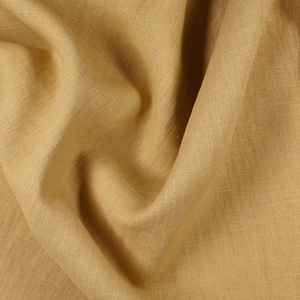The Elements of Celtic Costuming
Whether you need a costume for a renaissance fair or a Celtic festival, Scottish and Irish clothing is a versatile choice. There are a few key differences in the costumes worn by the Celtic people as compared to the English style clothing seen at many fairs. Among the Celts, there are also a few noteworthy differences between the Scots and Irish styles.
Most people have an image of the kilt in their heads when they think of Scotland. While the kilt has been popular with the Scots for several centuries, the original bears only a passing resemblance to the well tailored dress items of today. The Great Kilt was made from a length of fabric measuring two yards by five yards. A leather belt would be laid out on the ground then the fabric would be placed flat upon it. Pleats would be folded in at the middle top to fit the owner’s waist measurements, then they would lay down and close the loose flaps over themselves. One side was often left long so it could be draped over the shoulder. This is still a simple way to make a kilt today that doesn’t require any sewing. For an Irish man’s costume simple form fitting trews made of twill or wool will suffice. Irish style trews are not as tight as the European styles. They can be knee or ankle length, and have either a flared bottom or can be fitted.
Traditionally the shirt worn by both the Scots and the Irish is the léine. Unlike similar Elizabethan items, the léine is not an undergarment. For men the léine is a loose fitting tunic that nearly reaches the knee. For women it is at least ankle length and can reach to the ground if one wishes. Almost all historical references to the léine say it is made of linen and is either off white or saffron yellow in color, with saffron being the most popular. For men a kilt or trews and a léine is a complete outfit, though a linen doublet can be added if one wishes.
Over the léine women wear an overdress. The most popular style is the kirtle. This is a simple fitted linen dress that is as long as the léine or a few inches shorter. The kirtle usually has only thick shoulder straps as the léine provides the sleeves. For Irish dress, you would ‘kirtle’ the skirt. This is done by wearing an underskirt in a different shade and tucking the skirt of the overdress up into the belt to show off this flash of color. For either an Irish or Scots costume, the Shinrone dress is also a common style. This is similar to the kirtle with the exception that it laces up the front. A Scots style overdress is usually not kirtled into the belt. Both the kirtle and the Shinrone are made of linen in muted colors. Browns, muted greens, and dull saffrons are all acceptable. Scots women sometimes drape an earasaid, a tartan shawl, around their shoulders. This is usually made of wool and is perfect if you will be in costume on a chilly day.
In both Scotland and Ireland married women covered their hair with a kertch. This triangular headdress is made of linen and is tied around the hair. The simplest way to make a kertch, known as a brèid in Gaelic, is to take a 1 yard by 1 yard square of fine linen fabric and fold it in half to form a triangle. Place this triangle on your head with the center point in the back and tie the two loose ends under your hair. Then, continue twisting the loose ends and pull them around to the top of your head where the front of the kertch meets your hair and tie in a knot in the center. Tuck the ends under the kertch, thus forming a head band to hold the kertch in place. If you wish, you can do a bit of embroidery, knot work being a good choice, on the part of the triangle that hangs loose in back. Linen is well suited to embroidery. If you are unmarried then the hair should be worn long and uncovered.
For all Celtic clothing, linen and wool are the fabrics of choice. The léine is always made of linen for both men and women. The trews or kilt for the men are wool, plaids for the kilt and earth tones for the trews. Overdresses, doublets, and the kertch should be of linen, using a tighter woven linen for an upper class costume and a looser weave for working classes and peasants. By using these traditional fabrics in your costume, you will be able to add a touch of authenticity and a lot of comfort.










































Leave a comment